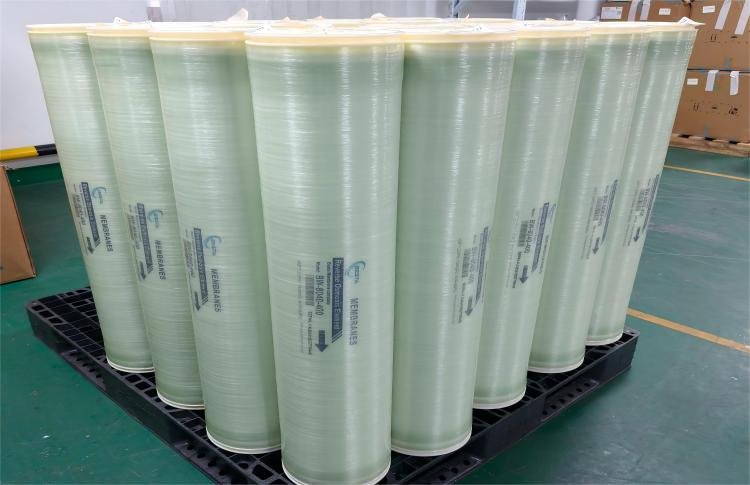Reverse Osmosis (RO) membranes are crucial in water treatment systems. Selecting the right RO membrane is essential for achieving desired performance and cost-efficiency. This guide provides a step-by-step approach to understanding key factors when inquiring about RO membranes.
1. What is an RO Membrane?
An RO membrane is a thin, semi-permeable layer that removes contaminants from water. It can filter out particles as small as 0.0001 microns, making it effective for desalination, wastewater treatment, and industrial processes.
2. Key Parameters to Consider
Before choosing an RO membrane, understanding its technical specifications is critical. Here is a table summarizing the key parameters:
| Parameter | Description | Example Values |
|---|---|---|
| Membrane Material | The type of polymer used (e.g., polyamide) | Polyamide Thin Film |
| Salt Rejection Rate | Ability to remove salts (%) | 98%-99.7% |
| Water Flow Rate | Permeate flow rate (liters per hour) | 250 L/h, 1,000 L/h |
| Operating Pressure | Pressure needed for operation (bar) | 4-6 bar |
| Recovery Rate | Percentage of water recovered (%) | 50%-75% |
Each factor impacts performance and must align with the application. For instance, industrial systems often require higher flow rates, while residential setups prioritize compactness.
3. Applications of RO Membranes
RO membranes are versatile and serve a wide range of industries. Some examples include:
- Drinking Water Systems: Purifying tap water for safe consumption.
- Seawater Desalination: Reducing high salt concentrations in ocean water.
- Industrial Processes: Supporting pharmaceutical, food, and beverage industries.
With increasing water scarcity, RO membranes are becoming essential for sustainable water management.
4. Questions to Ask When Inquiring
To ensure you receive the right product, ask the following questions:
- What is the source water quality? Understanding whether the feed water comes from a well, river, or seawater helps determine the membrane’s material and specifications.
- What is the required output quality? Specify the desired TDS (Total Dissolved Solids) level or purity.
- What is the system size? Smaller units typically serve residential needs, while large-scale systems cater to industrial applications.
Providing accurate data allows manufacturers to recommend suitable options.
5. Trends in RO Membrane Technology
The global demand for RO membranes has grown significantly, driven by the need for cleaner water. A study from 2023 estimates the RO membrane market will grow by 8% annually, reaching $15 billion by 2028. Advancements in membrane durability, energy efficiency, and reduced fouling risks are also shaping the industry.
Moreover, sustainability trends favor the development of eco-friendly membranes that consume less energy. This is particularly important for regions with limited resources.
6. Conclusion
Selecting the right RO membrane depends on understanding specific needs and asking the right questions. By focusing on key parameters and leveraging the latest technologies, you can achieve optimal performance and long-term savings.
Investing in high-quality RO membranes not only enhances efficiency but also promotes sustainability—a win for businesses and the environment alike.
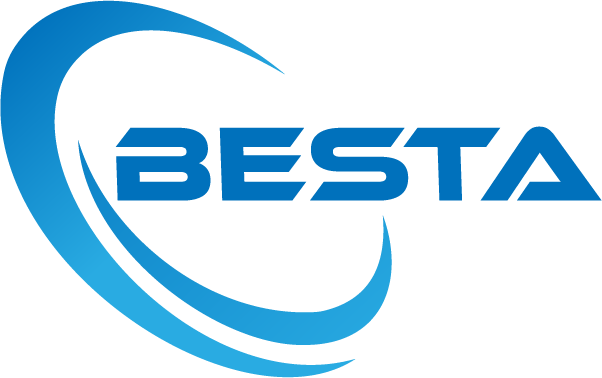
 MBR Membrane
MBR Membrane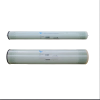 Reverse Osmosis Membrane
Reverse Osmosis Membrane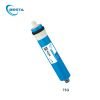 Residential Ro Membrane
Residential Ro Membrane UF Membrane
UF Membrane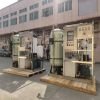 Water Treatment Plant
Water Treatment Plant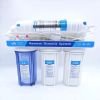 Residential Ro Machine
Residential Ro Machine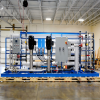 Brackish Ro System
Brackish Ro System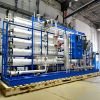 Sea water system/SW RO plant
Sea water system/SW RO plant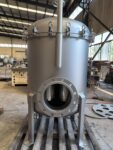 Bag Filter
Bag Filter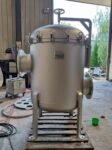 Cartridge Filter
Cartridge Filter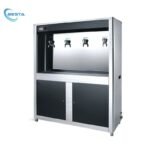 Commercial Water Filtration System
Commercial Water Filtration System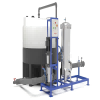 Membrane Cleaning System(CIP)
Membrane Cleaning System(CIP)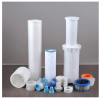 Consumables Accessories
Consumables Accessories